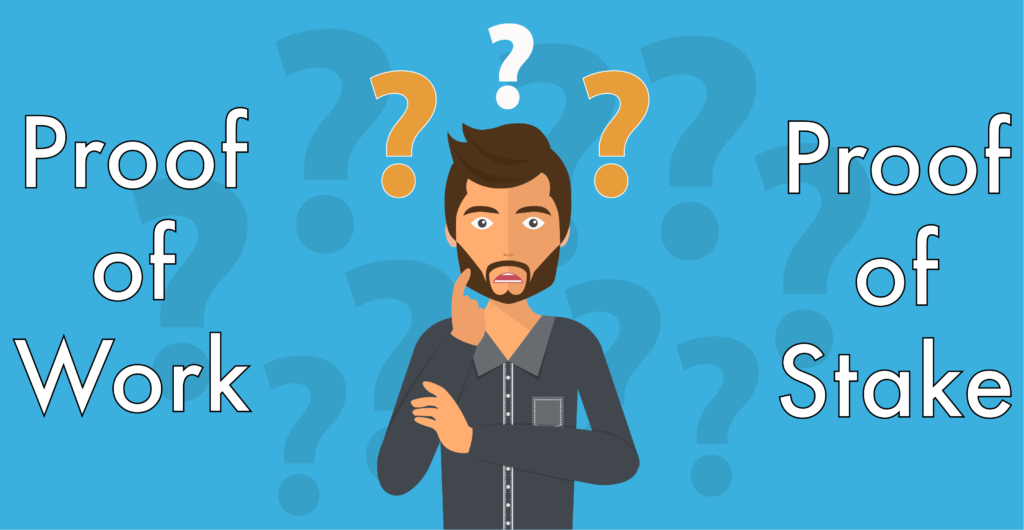Consortium Blockchain
The Consortium Blockchain is a “semi-private” system that has a controlled user group but works across different organizations.
What is a Consortium Blockchain and what is its difference with other Blockchains?
What is a Consortium Blockchain?
The Consortium Blockchain is a “semi-private” system that has a controlled user group but works across different organizations.
There are three main Blockchain categories. These are:
- Public Blockchains
- Private Blockchains
- Consortium Blockchains
A public Blockchain allows anyone a form of control. A private Blockchain limits this to only by one organization. The middle ground between both is a Consortium Blockchain.
Consortium Blockchains provide a sweet spot between fully open public and fully centralized private Blockchains. They do this by allowing multiple organizations or companies to connect to the database.
In a Consortium Blockchain, new companies can join an already developed structure and share data instead of building it from scratch.
At the same time, companies can reduce their development costs by solving common problems with other entities.
How is it different from other types of Blockchains?
The main difference between open, private and consortium blockchains lies in their type of governance:
- Where open Blockchains are permissionless (meaning accessible to anyone), consortium and private Blockchains require permission for access and usage.
- Furthermore, consortium blockchains follow the concept of semi-decentralization. This means that they are under the supervision of small-scale groups, instead of the whole public.
- And finally, it has a multi-party consensus, where all transactions are verified by special pre-approved nodes, instead of the whole community like in open Blockchains or one single entity like in private Blockchains.
What industries use Consortium Blockchains and why?
Here are some of the most common industries that utilize Consortium Blockchains and the main reason behind it.
- Finance and Banking – Blockchain technology greatly benefits this sector as it allows them to create a shared database where all necessary information about customers can be stored and accessed.
- Logistics – in this case, a Consortium Blockchain allows product tracking in order to identify its provenance and the way of supplying, while at the same time restricting access to everyone but the chain supply participants.
- Software development – the consortium approach provides a combination of the best of open-source development with the semi-private nature of enterprise-level systems.
- Healthcare and insurance – here, hospitals and insurance companies can join a consortium to effortlessly exchange information and money when insurance payments are required.
For more, in-depth analysis of the different types of Blockchains, click here.
Disclaimer: Don’t invest unless you’re prepared to lose all the money you invest. This is a high‑risk investment and you should not expect to be protected if something goes wrong. Take 2 mins to learn more at: https://go.payb.is/FCA-Info


